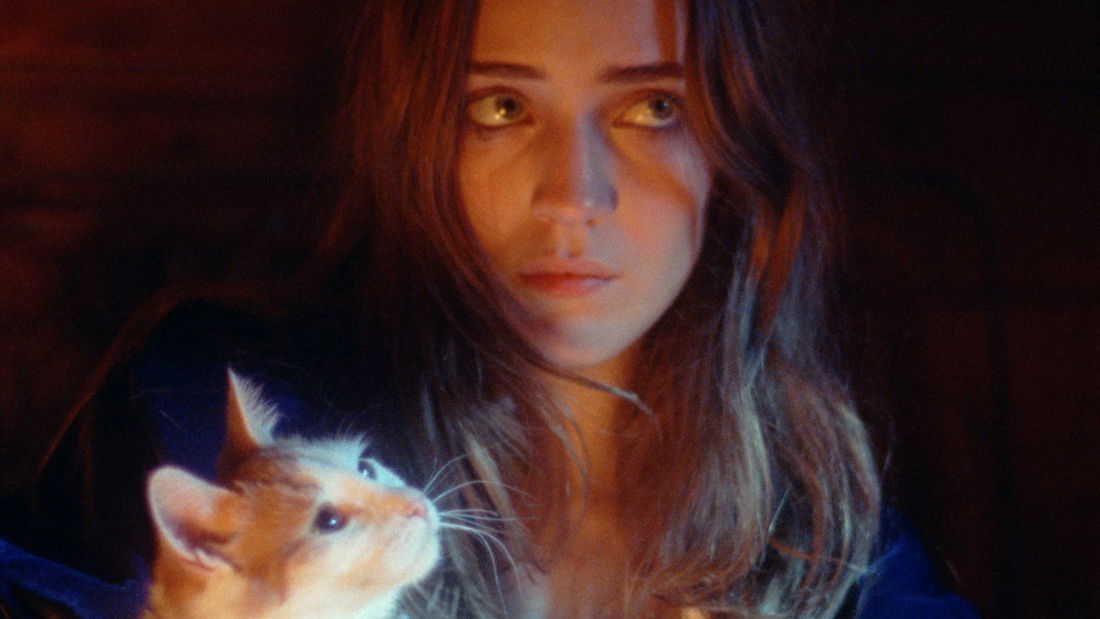
Review: The Sweet East – Troubles in wonderland
Directed by Sean Price Williams
Starring Talia Ryder, Jacob Elordi, Earl Cave, Simon Rex
8.5/10
Along with all its surrealism, crude humour, and episodic plot structure, there’s something mystical and myth-like about a unique film like this. There may be something timeless about The Sweet East’s style, but it certainly addresses many very modern subjects that make it feel so thrillingly timely.
It is while on a field trip that high school student Lillian (Talia Ryder) begins her wondrous and surreal journey, going from one set of people to another. The people and places she goes to include Caleb (Earl Cave) and his band of fellow punk artists and anarchist protesters; a neo-Nazi Lawrence (Simon Rex), who keeps his values on the downlow as he works as a university professor; and acclaimed indie actor Ian (Jacob Elordi), who she hitches up with for the fame when she’s recruited in the same film as him.
The Sweet East does have some sense of being close to all its characters, no matter how whacky or philosophically problematic they may seem—even the protagonist, who casually coasts through each of the vignettes with no consequences or ramifications for her troubling actions. Yet as this film reveals as it continues, it displays a real ‘fuck you’ attitude, excelling in its singular and trippy nature because of how uncaring it is towards the viewer’s expectations of it or reactions to it.
This is a truly visionary and original film that really shares its DNA with the films of the ‘60s Czech new wave, like Daisies and Valerie and Her Week of Wonders, containing not only a surreal and dreamlike episodic structure but also an absurd sense of humour. But unlike those films, The Sweet East (as its title suggests) has a firm setting on the United States’ east coast, mostly New York City, and concerns itself with the diverse attitudes and personalities of the people that inhabit it.
This is the directorial debut from Sean Price Williams, who’s previously been a cinematographer on a number of indie faves like Heaven Knows What, Good Time, and Her Smell. He is also the cinematographer on his own film here, and you can see just how much practice and artistry he’s obtained. Shot on fairly grainy 16mm, each shot has a warm range to its texture and colour, lighting some of the shots in mundane areas to look far more epic and mystical than they’d otherwise be.
This is likely to be one of the most startling films of the year. Along with its surrealism, it’s also crude, topical, and carefree, and just about all of its risks pay off as they add up to an enjoyably fun, fresh and off-kilter film.
DAVID MORGAN-BROWN
